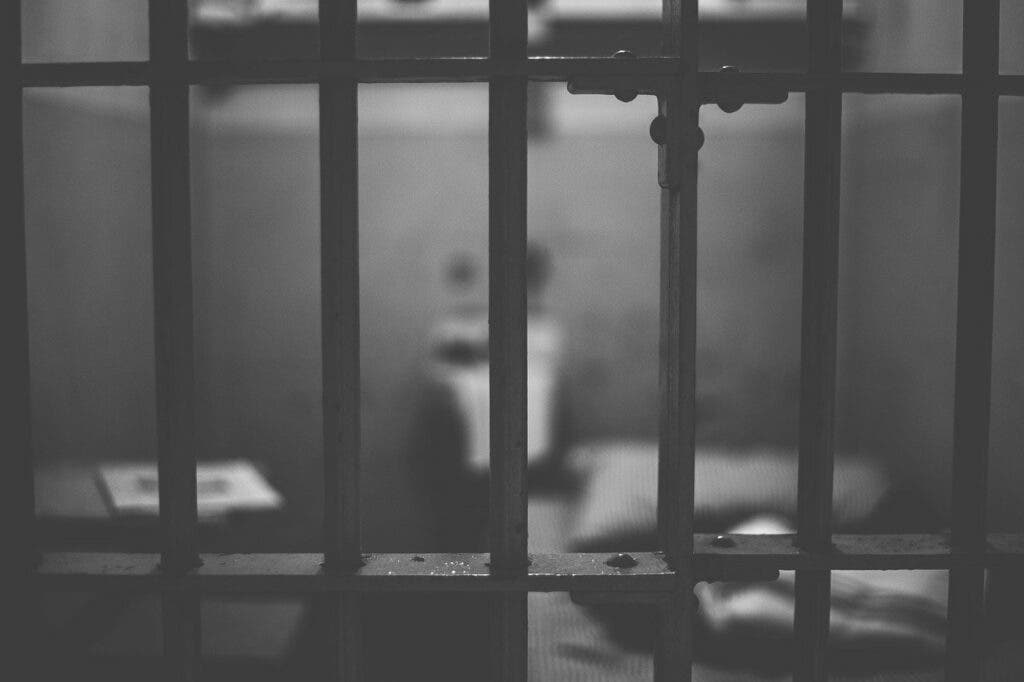There’s still a lot we are learning about the new pandemic, which has spread faster and more furiously than anyone could have anticipated. What we seem to know for sure is that it’s highly contagious and it can kill a frightening proportion of the elderly, as well as those with underlying chronic medical conditions. As it turns, prisons are the perfect breeding grounds where COVID-19 can wreak havoc.

The US detention system is by far the largest in the world, housing more than 2.3 million people — that’s roughly one-quarter of the entire incarcerated population in the world.
A 2018 study published in Epidemiologic Reviews found that older incarcerated individuals comprise the fastest-growing demographic in the US prison system — this does not bode well for COVID-19.
The meta-analysis, which analyzed 21 studies published between 2007 and 2017, also found that older incarcerated individuals reported high rates of diabetes mellitus, cardiovascular conditions, and liver disease.
According to data from the 2011–2012 National Prisoner Survey, around half of all US federal incarcerated individuals reported having one or more chronic medical conditions, including cancer, hypertension, or history of stroke, diabetes, heart disease, kidney disease, arthritis, asthma, or cirrhosis.
Inmates live in close quarters and, as these studies show, many of them have an underlying chronic illness that makes them highly susceptible to the worst symptoms of COVID-19, and perhaps even death.
To make matters worse, those who live and work in federal, state, and local prison facilities rarely have access to preventive measures that might limit the transmission of the virus. Although many prisoners are locked in their cells, that’s hardly social distancing when you have to share it with other inmates. Basic hygiene is also a problem.
In France, 31 detainees from prisons in the south of the country have filed a complaint citing “deplorable hygiene conditions, inhuman and degrading conditions of detention (…) to which are added prisoners weakened by their physical and psychological health, (…) cells of nine square meters on average, where two to three people are detained.”
At the beginning of the coronavirus outbreak in France, a 74-year-old inmate at Fresnes prison near Paris died of COVID-19. Since then, 10 inmates have contracted COVID-19 and around 450 were “showing some symptoms,” according to the country’s Justice Minister Nicole Belloubet.
In the UK, the first inmate to die of COVID-19 was an 84-year-old man, who reportedly had health issues. As of last week, 19 inmates had tested positive for COVID-19 across 10 jails in Britain, as well as four prison staff across four jails.
Elsewhere, in Thailand, fear of the coronavirus sparked a riot at the Buriram Provincial Prison, with about 100 prisoners involved in setting fire to the dining hall and visitors area. There are two confirmed cases of COVID-19 among inmates across the country’s prisons.
“The Thai government should ensure that prisoners and detainees have adequate health care in the face of the COVID-19 outbreak,” said Brad Adams, Asia director at Human Rights Watch. “It shouldn’t take a riot for Thai authorities to consider reducing populations in prisons, jails, and detention facilities through supervised release of detainees held for minor offenses or at high risk of suffering serious effects from the virus.”
The situation, which is still unfolding, shows that justice systems across the world are faced with a ticking time bomb — especially in the US.
In the US, many prisons and jails have limited or prohibited visitors. However, stopping the flow of employees and incarcerated individuals is more challenging.
Human Rights Watch recommends that authorities consider reducing populations in prisons and detention facilities through the appropriate supervised release of detainees at high risk of suffering serious effects from the virus, such as older people and people with underlying health conditions. Whether this will be possible in the US and elsewhere in the world remains to be seen.
What’s certain is that such facilities represent the perfect breeding ground for COVID-19 and unless urgent action is taken, many inmates are bound to die.


